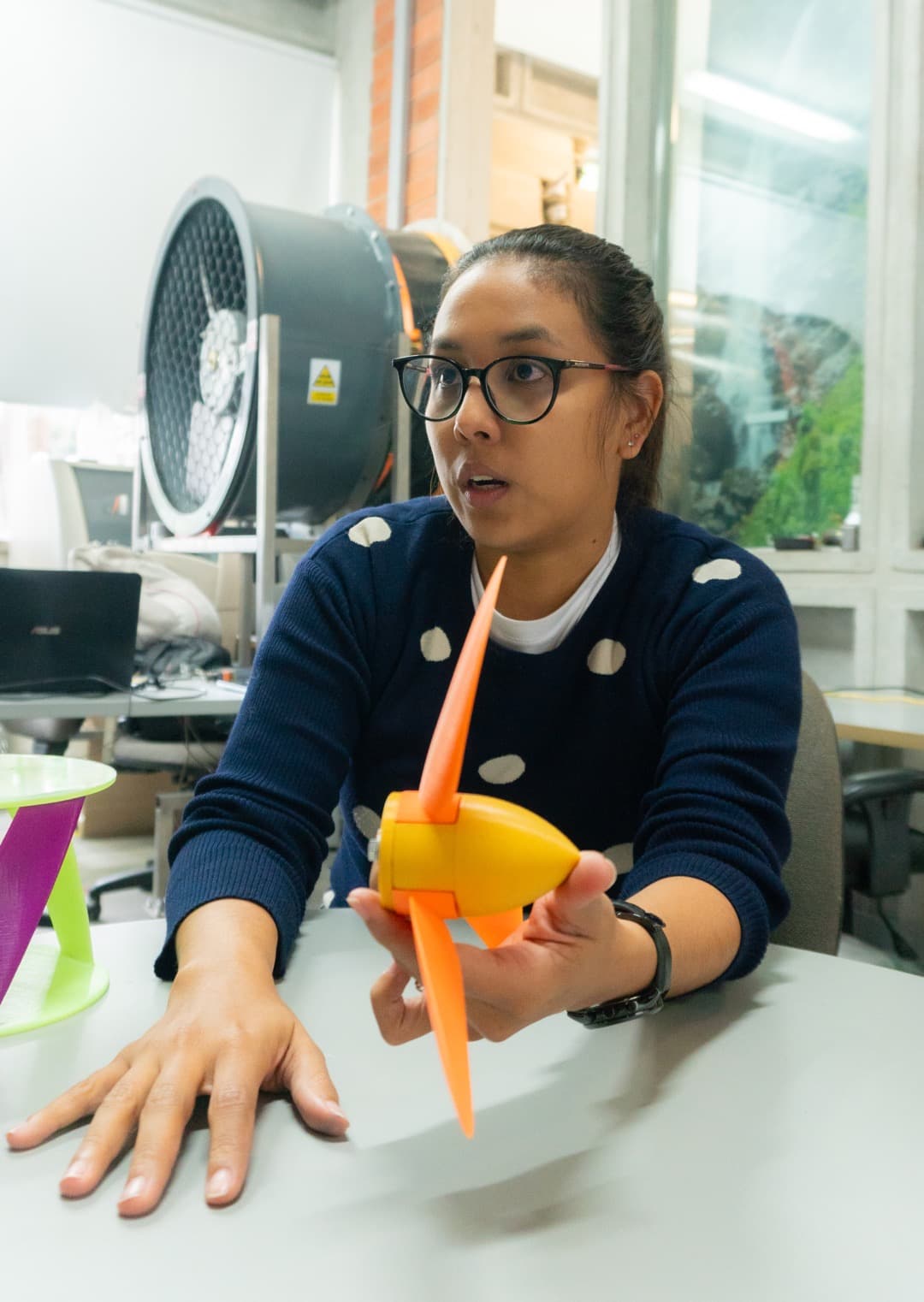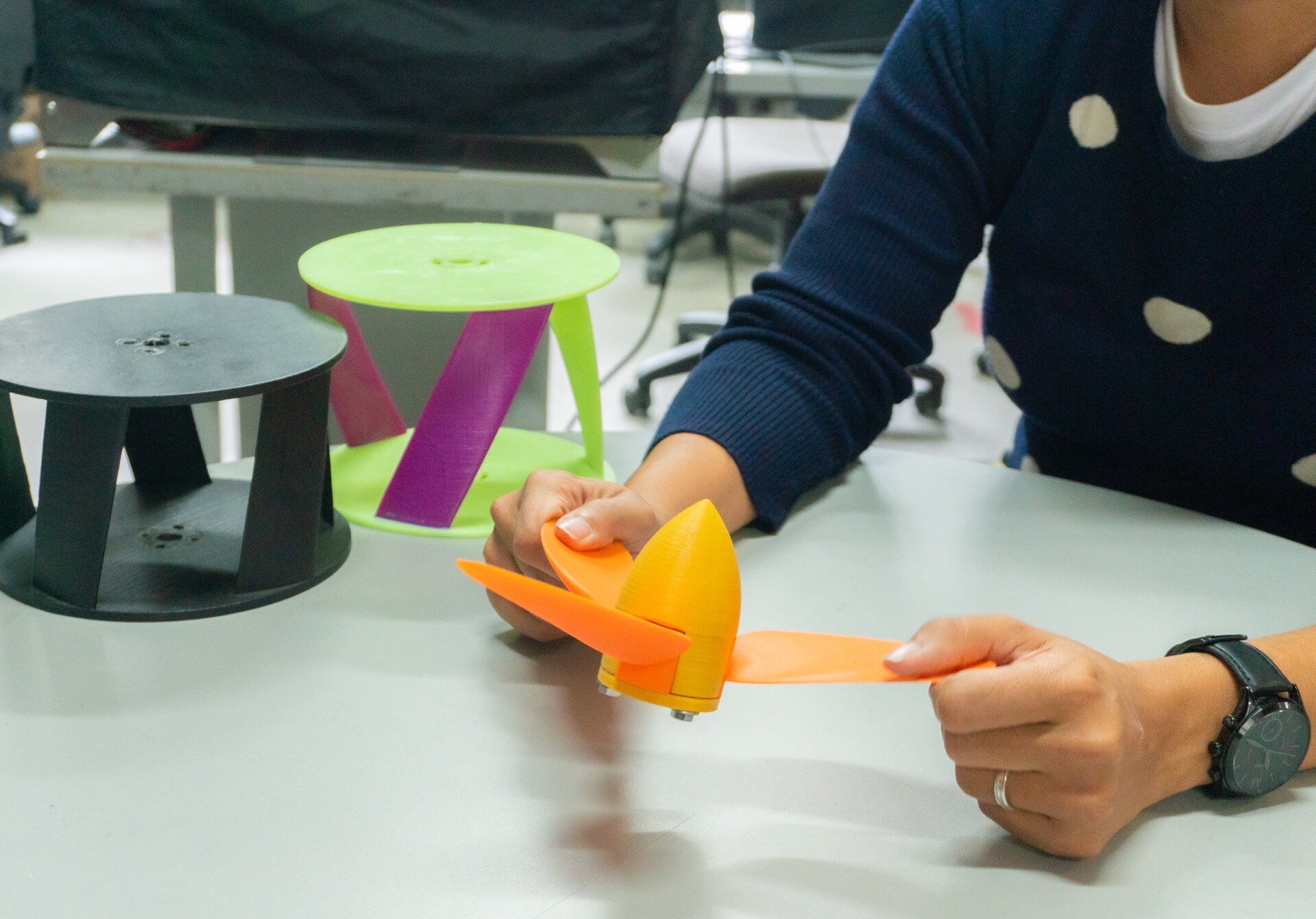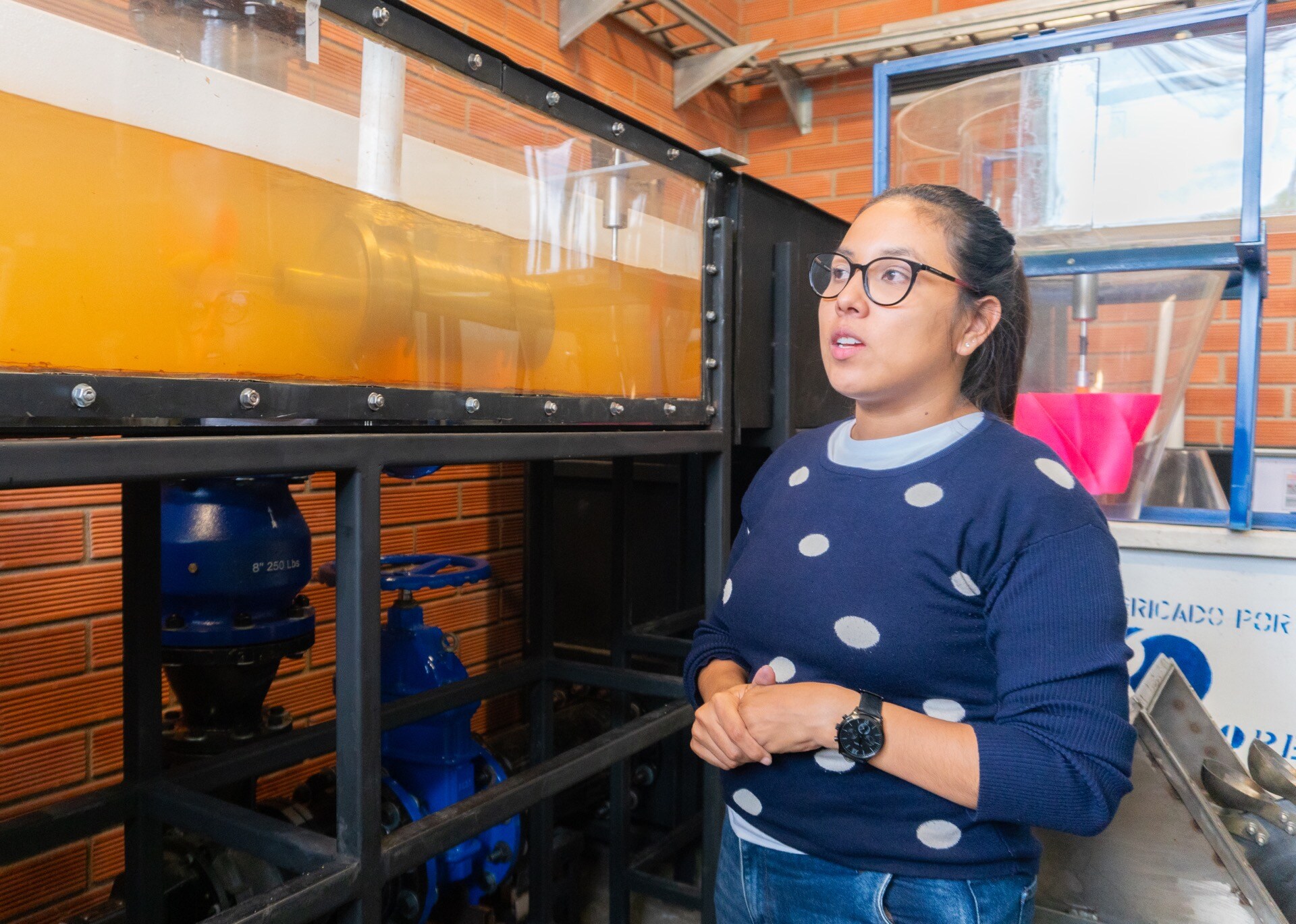Hydrokinetic Energy: A Solution for Colombia's Energy Poverty
By Ruta N -
Flipping a switch to light a bulb is a routine act for many, made possible by access to electricity in most households in Colombia and Antioquia—provided utility bills are paid on time. However, this seemingly simple act is, in reality, a privilege.
According to a Promigas study, 1 in 5 Colombians lives in energy poverty. This means 9.6 million people lack access to electricity or a reliable energy source for basic needs like cooking.
The majority of energy-poor households are located in rural, remote, and peripheral areas of the country. In these hard-to-reach territories, where the national electrical grid barely extends, residents must devise creative solutions just to power essentials like a refrigerator, a lightbulb, or a television.
This pressing need inspired Laura Isabel Velásquez García, an electrical engineer and researcher at the University of Antioquia, to lead a project in collaboration with colleagues from EAFIT and Medellín universities. Together, they are developing a propeller-type hydrokinetic turbine to generate electricity.

What is Hydrokinetic Energy?
Breaking down the term: "Hydro" refers to water, and "kinetic" to energy generated by motion. Thus, hydrokinetic energy is produced by water in motion.
This research, spearheaded by Velásquez, focuses on generating energy through renewable and sustainable alternatives. While large-scale projects like the Ituango Hydroelectric Project (Hidroituango) produce significant amounts of energy, their operations are far from 100% sustainable.
“There are environmental challenges, including displacement of fauna and flora, flooding of areas that promote the growth of water hyacinth, which depletes oxygen for other living organisms in the area,” explains Velásquez.

Hydrokinetics: A Key to Sustainability
To reduce the environmental impact of energy generation and reach households experiencing energy poverty, hydrokinetic energy offers a promising solution.
As Velásquez puts it:
“We’re not condemning hydroelectric energy but exploring different alternatives to harness water as a renewable resource for small-scale electricity production.”
Hydrokinetic systems are easy to transport and install, making them ideal for remote areas without electricity but located near water sources such as rivers and streams. These systems can be installed on-site, connected to a power plant, and generate sufficient energy for small homes.
What’s Next for the Project?
The Regional R&D Agenda project aims to deliver innovative solutions to rural areas in Antioquia and other departments. The team’s next steps involve validating their prototypes and advancing them to their final phase, with the goal of identifying communities in need of these solutions.
A significant challenge remains: convincing communities of the value of this tool as a practical and efficient solution for accessing renewable and sustainable energy services.
By Mateo Yepes Serna